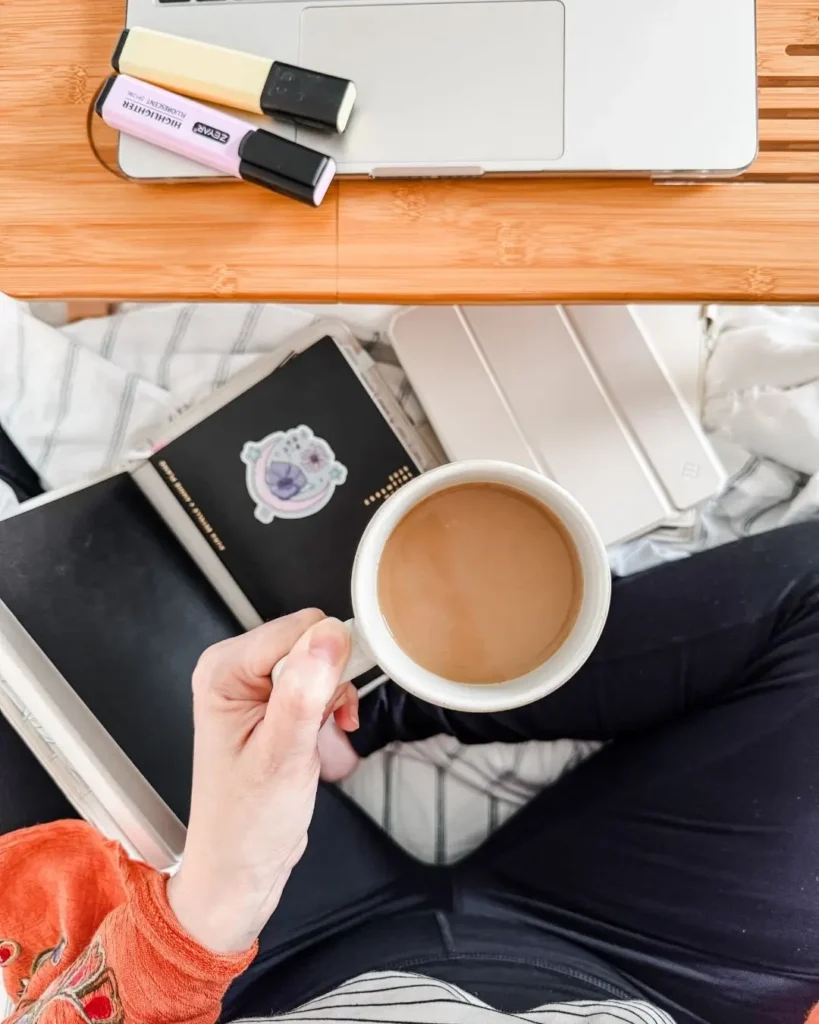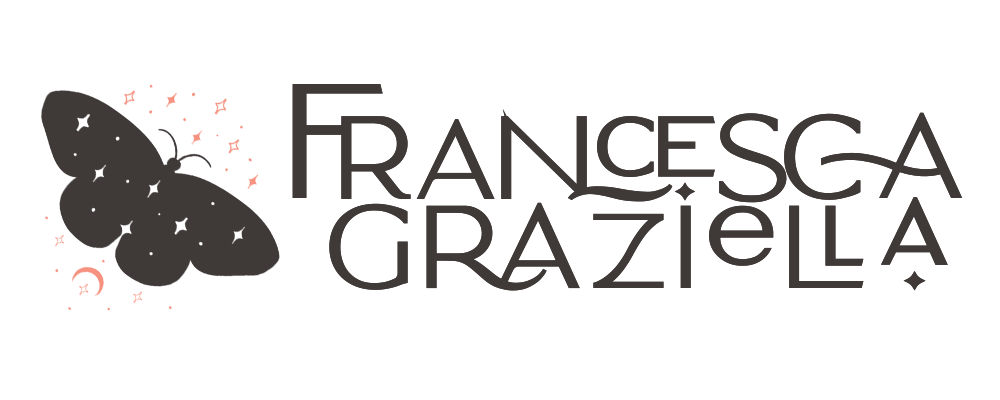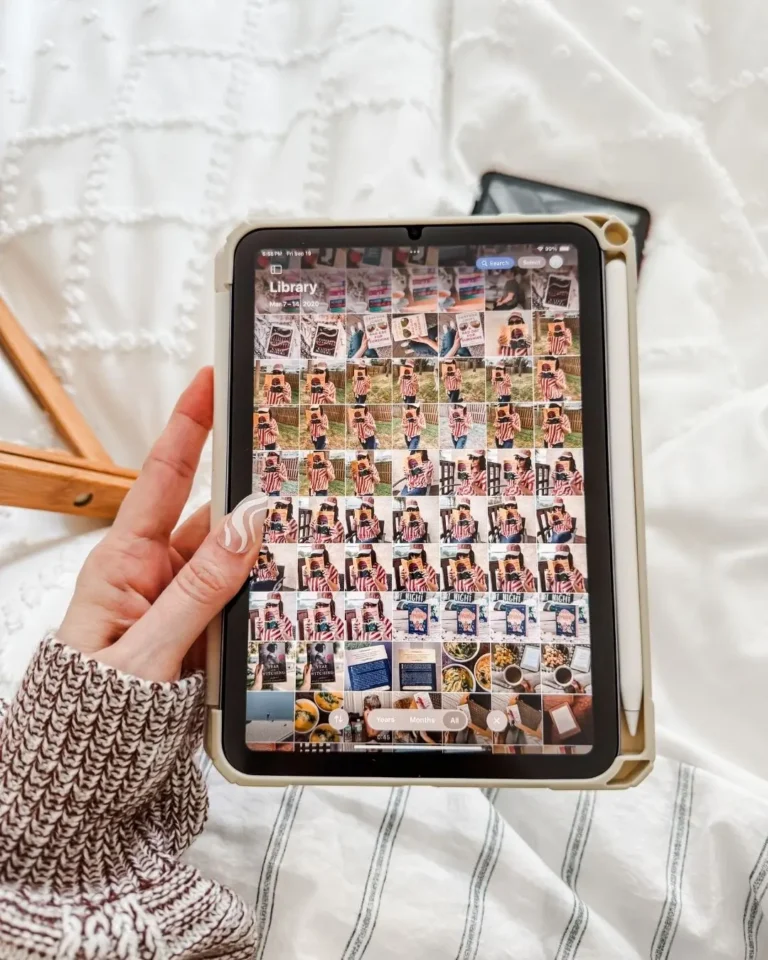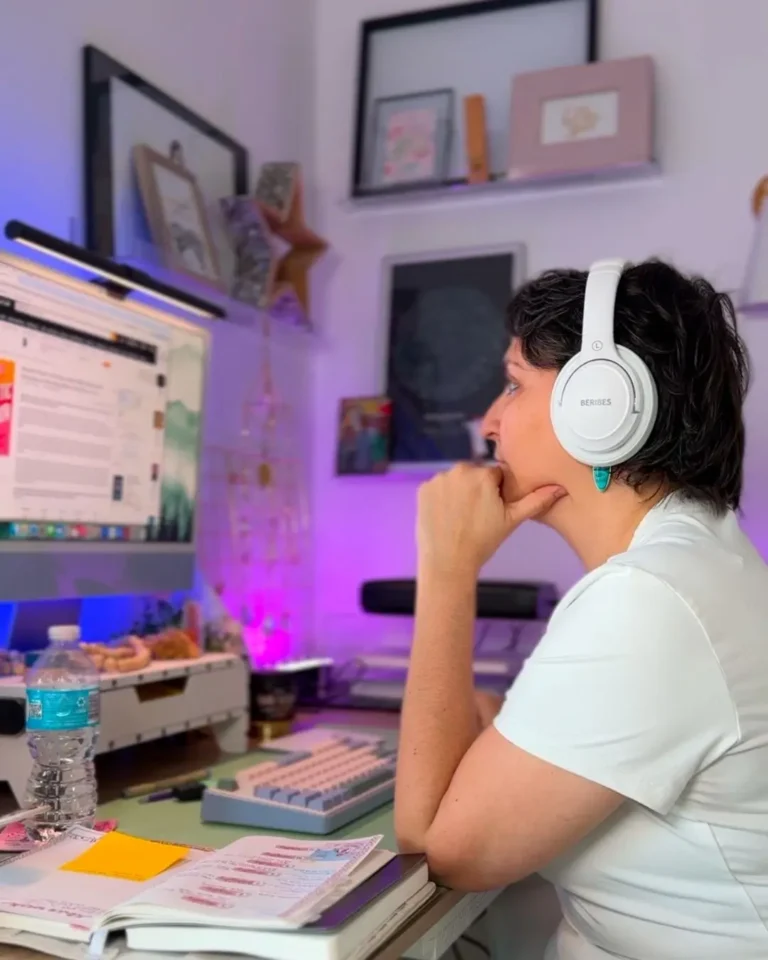
Digital Clutter Burnout Is Real (And I’m Living Proof)
A few weeks ago, I was searching for a graphic I knew I had purchased. Not a “maybe it’s in there” situation. I have the receipt, the download email, the memory of dragging it into my magical “Purchased” folder on the cloud.
And yet… nothing.
I scrolled. I keyword-searched. I opened subfolders like some cursed nesting doll. Twenty minutes later, I gave up and re-downloaded the thing, annoyed at myself and at the ever-expanding pile of digital stuff I swear I’ll “organize later.”
Spoiler: later never comes.
We’re all stuck on an aspirational loop of intentional planning but the acting on it is seriously lacking.
This post may contain affiliate links, please read our disclosure policy for details.
My Digital Clutter Confessions
The truth is, my digital spaces are always cluttered. My phone photos are a nightmare. After losing a ton years ago, I now back them up automatically. But all I’ve really done is create a decade’s worth of photo dumps stacked in the cloud. Imagine opening a closet and watching ten years of clothes, papers, and random receipts come tumbling down on your head. That’s my iCloud photo library.
Then there’s the infamous “Purchased” folder where every graphic, template, or stock photo I’ve ever bought gets tossed. The name sounds official, but really, it’s just a digital hoarder’s basement where files go to disappear. I know things are in there, but finding them is like digging for treasure without a map.
My email isn’t much better. I have multiple accounts, and between them all, the unread count runs into the tens of thousands. I used to keep up with it, but eventually the monster won. These days I settle for deleting a little spam here and there, which feels like tossing a single junk-mail flyer out of a mailbox stuffed with ads.
And don’t even get me started on my Kindle. That device is the digital equivalent of those houses on Hoarders where unopened boxes reach the ceiling. Only my boxes are full of free Kindle books I downloaded on a whim. Kindle Daily Deals, KU borrows, ARCs, Stuff Your Kindle Sales. Many I’ll probably never open. I know I own half of them, but scrolling through feels like staring into a void. There’s no joy in choice when the clutter makes it impossible to even remember what’s there.
The Twist: I’m the Opposite With Physical Clutter
Here’s the irony… in real life, I’m the opposite of a hoarder. I’m actually good at going through my stuff and letting things go. Clothes? I do a yearly purge without hesitation. Stationery? Same. Kitchen gadgets? If I don’t use them, they’re out. Books are the one weakness, but even then, when we moved, I hauled giant mover’s bags of donations to the library.
So why can I be ruthless with physical clutter but paralyzed with digital? Somehow I can’t bring that same energy to my cloud, my inbox, or my Kindle library. Maybe because physical clutter stares you in the face, while digital clutter hides behind screens. It’s easy to forget it’s there, until you go looking for something and realize you’ve built your own little Hoarders episode in the cloud.
Why Digital Clutter Drains Our Energy
Here’s the thing: clutter doesn’t have to be visible to drain you.
We like to think digital mess doesn’t “count.” It’s tucked away in the cloud or on a device, so it shouldn’t affect us, right? But energetically, it does. It’s like living in a messy house you never walk into. You still know the chaos is there, and that knowing quietly eats away at your peace of mind.
The difference between a hoarder’s living room and my cloud storage is that mine doesn’t smell like mildew. But energetically? It’s the same. You know the stuff is there, you know you’ll never realistically sort through it, and the weight of it creates instability you carry into other parts of your life.
As a millennial, I think part of the problem is how we grew up. Half analog, half digital. We learned how to stack notebooks and keep planners, write things down, make photo albums, but no one taught us how to deal with thousands of files, photos, and books living inside a device. Then culture told us: just throw it all in the cloud, you’ll have it later.
But “later” doesn’t matter if you can’t find anything when you need it.
The Experiments That Failed (And the Tiny Wins That Stuck)
I’ve tried all the magic fixes. Apps like Unroll or SaneBox for email? Event that felt like too much upkeep for me. The folders they created became just another set of piles I didn’t want to touch. My over-engineered Notion dashboards? Gorgeous. But if a system requires me to upload files, open the right database, or fill in too many fields, I won’t do it.
For a long time, I thought the solution was to have one perfect system that caught everything. One hub, one dashboard, one magical digital home. But every time I’ve tried that, it failed. There’s always friction, always resistance. The truth is, sometimes things naturally live in separate places, and that has to be okay. I’m still working on giving myself that permission.
Capacities has come closest to working for me. Their WhatsApp integration is simple, which removes a lot of the friction. But even then, I’m not as consistent as I’d like to be. Working on it though. The reality is, no app can fix behavior if the upkeep feels heavier than the reward.
What has worked is surprisingly small: deleting a handful of spam every time I check email. It doesn’t sound like much, but after a week or two, you start to notice more breathing room. That tiny act of resistance against the monster feels like progress.
What I’m Learning (Still in the Trenches)
Here’s where I am right now:
- There’s no single app that will fix digital clutter.
- Perfection doesn’t matter. What matters is whether things are findable.
- Decluttering isn’t about productivity. It’s about peace.
- Tiny daily habits really do make a difference.
- And sometimes, things don’t need to live in one central hub. Sometimes separate is simpler.
I’m not out of the trenches. I still have ten years of photos and a Kindle library that could qualify as its own small-town library. But I know this much: ignoring the piles doesn’t make them go away.
Final Thoughts
Maybe you’re also sitting on a decade of unsorted photos, or 12,000 unread emails haunting your inbox. Maybe your Kindle TBR has ballooned into something so unmanageable you’ve stopped looking at it altogether.
If digital clutter burnout feels real for you, know you’re not alone. I don’t have the perfect system, far from it, but I do know that even the smallest acts of digital decluttering create surprising ripples of calm.
So maybe I’m not going to end up on Hoarders: Cloud Edition just yet… but if they ever launch Hoarders: Kindle TBR, I’ll probably get the pilot episode.
What’s your digital mess? And do you feel it draining your energy too? Let me know in the comments.
(And if this resonated, you might like more posts in my intentional planning series, where I dig into these everyday battles with less hustle, more intention.)


